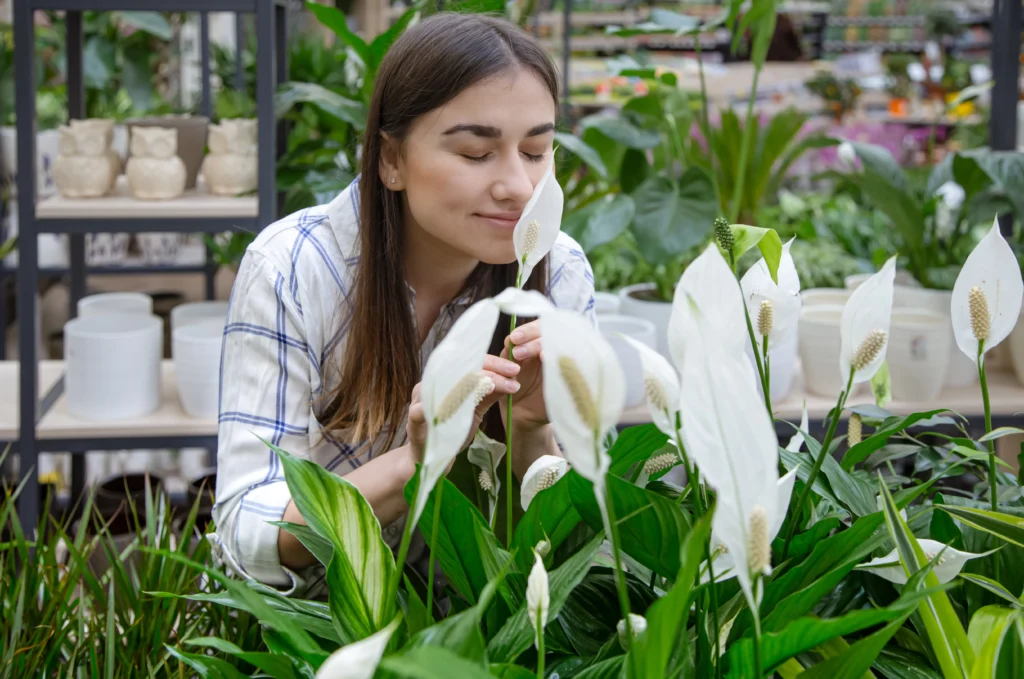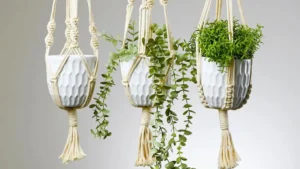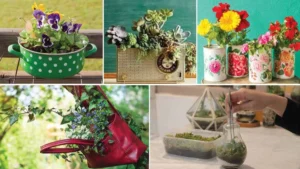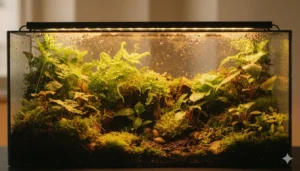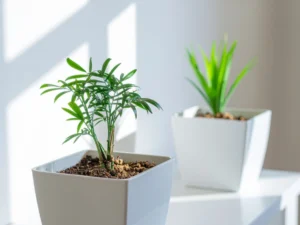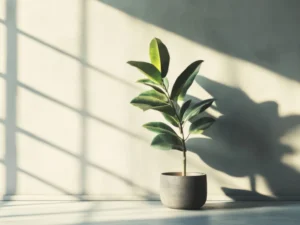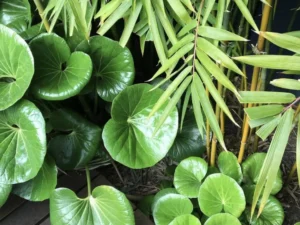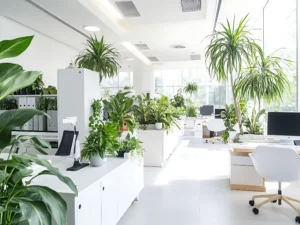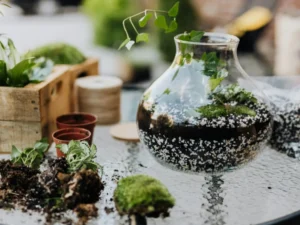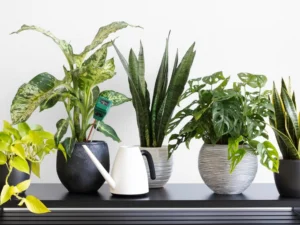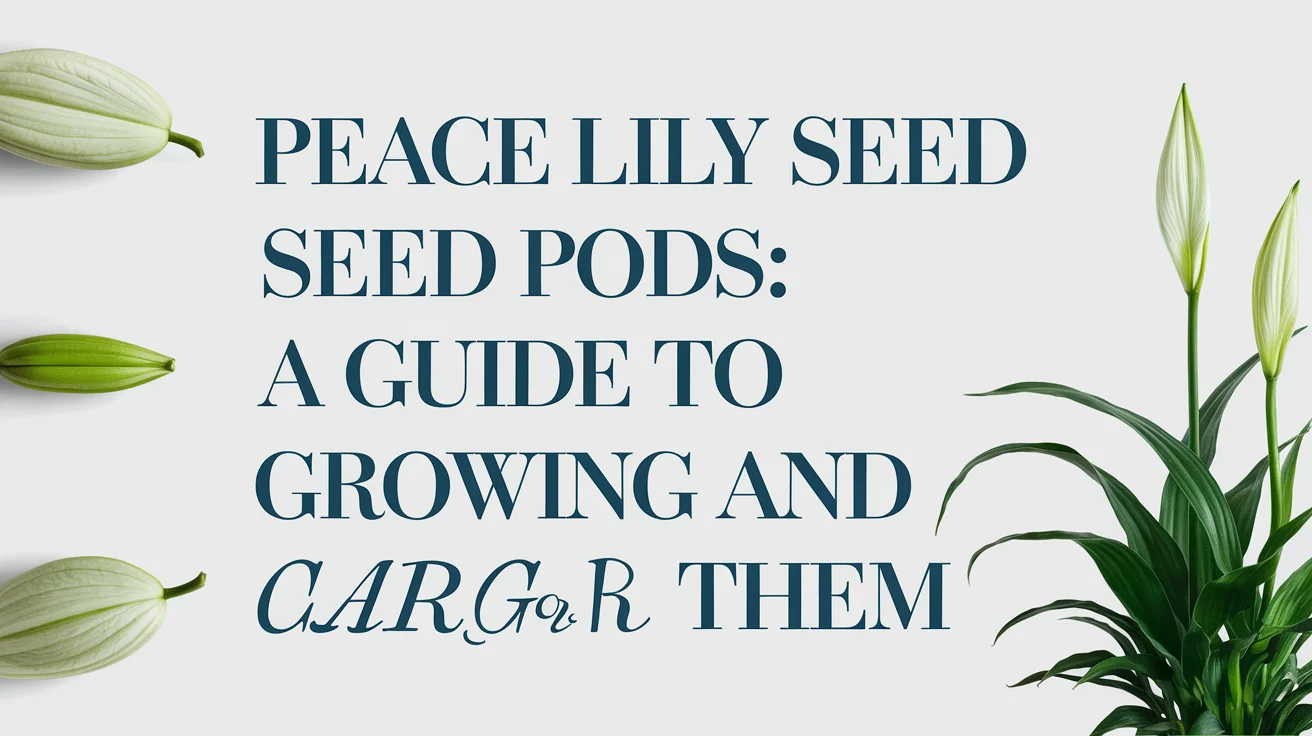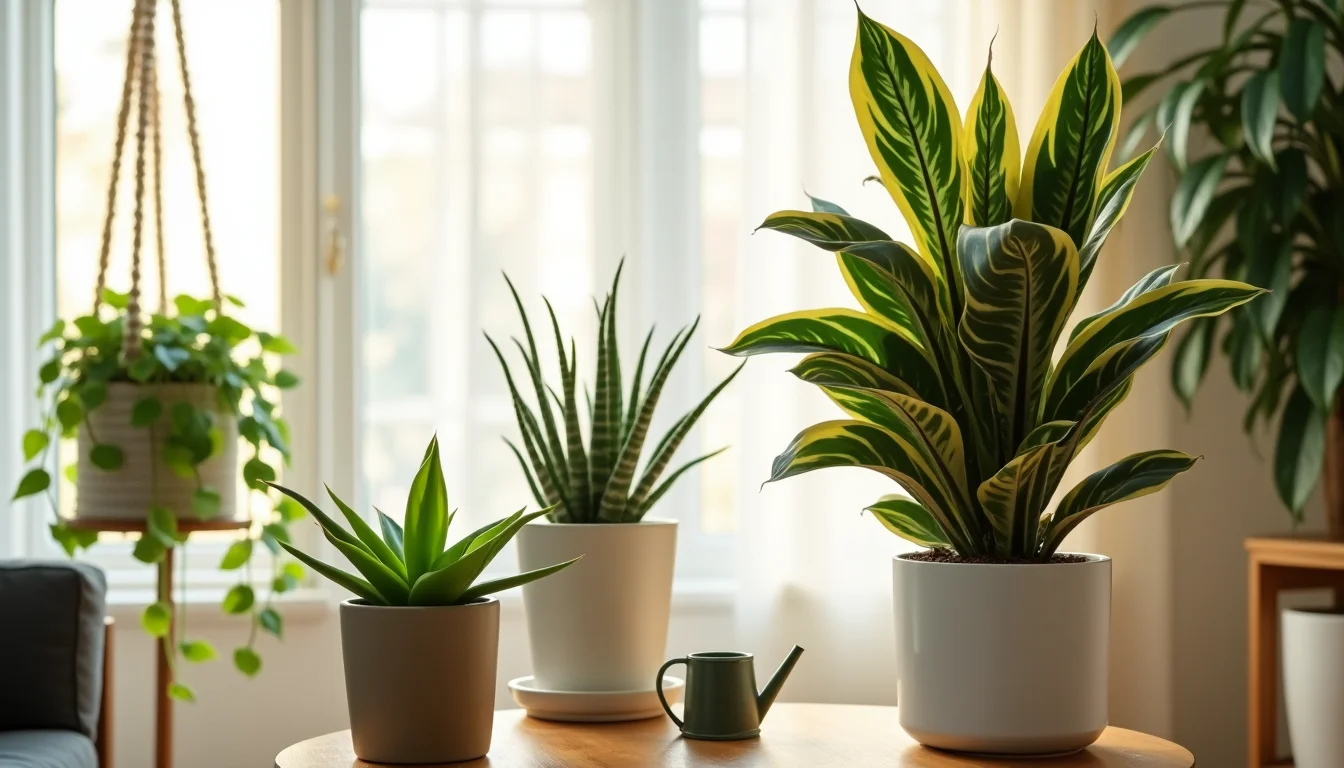The big peace lily plant is a stunning houseplant that adds bold greenery and a calming presence to any space. With its oversized, deep green leaves and signature white spathes, it’s more than just decor; it’s a living sculpture that purifies your air while elevating your interior style. Unlike smaller varieties, the large peace lily is designed to stand tall and wide, commanding attention in corners, entryways, or any area that needs a natural focal point.
Aside from its beauty, the plant is also known for being incredibly low-maintenance. It doesn’t need constant attention or complicated care routines to thrive. Whether you’re new to indoor gardening or have years of experience, the big peace lily fits effortlessly into your lifestyle. With proper placement and a bit of consistency, this plant offers elegance and freshness year-round without stress.
How It Differs from Smaller Peace Lily Varieties
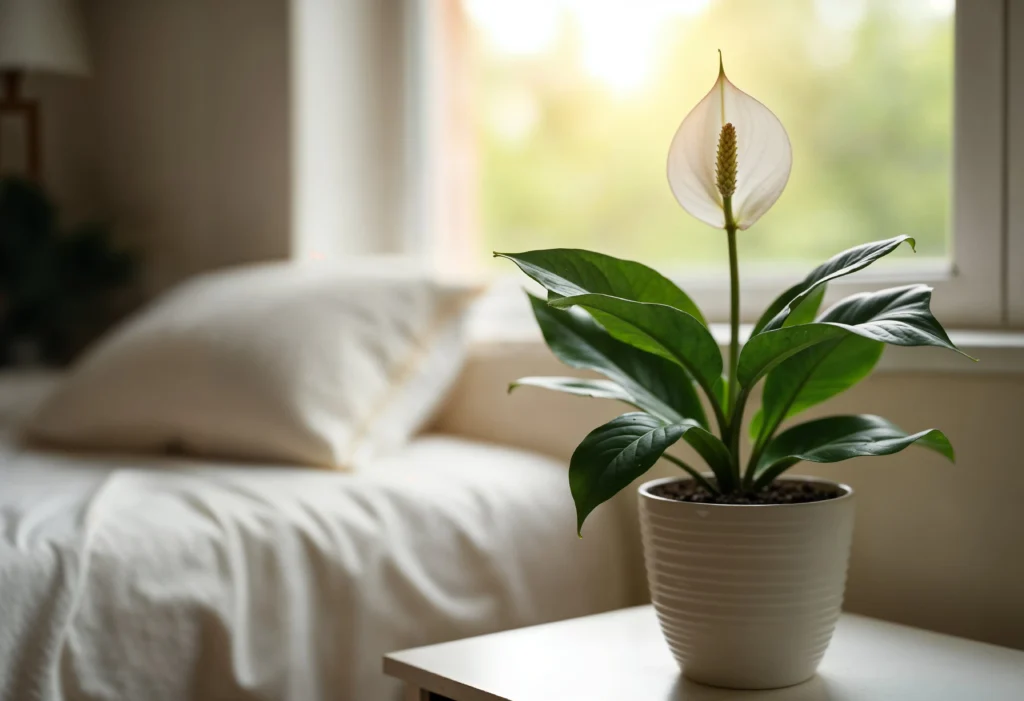
Standard peace lilies are great for desktops or small shelves, but larger varieties create a much bigger impact. Their upright, arching leaves can grow over 20 inches long, making them ideal for open-plan spaces. Their blooms also tend to be larger and more frequent in well-lit areas, adding to their dramatic look.
Why Big Peace Lily Plant is a Perfect Fit for Spacious Interiors
If you have large rooms, high ceilings, or minimalist decor, a big peace lily plant fills visual space without being overwhelming. Its lush foliage softens hard lines and empty corners, adding life and calm to living rooms, hallways, and home offices.
Light and Climate Needs for Optimal Growth
To help a big peace lily plant thrive, providing the proper lighting and climate is essential. These plants do best in bright, indirect light that mimics the conditions of their tropical origins. Direct sunlight should be avoided, as it can scorch the broad leaves, leaving unsightly brown patches.
A spot near a north or east-facing window works well, offering filtered light throughout the day. In lower light conditions, the plant will still survive, but its growth may slow, and blooming will become less frequent.
In addition to lighting, maintaining a warm and stable climate is key. The ideal temperature range is between 65°F and 85°F. Sudden cold drafts or placement near air conditioning vents can shock the plant, causing drooping or yellowing leaves.
These plants also thrive in humidity, which can be challenging to maintain indoors, especially during winter. Increasing humidity levels will keep the leaves lush and prevent the tips from drying out and turning brown.
Finding the Perfect Spot Indoors
Choose a location that receives gentle morning light or soft daylight without harsh sun rays. If your home has only strong, direct sunlight, consider using sheer curtains to diffuse the light. Avoid placing the plant too far from natural light sources, as this may affect its overall health and flowering cycle.
Managing Temperature and Humidity Fluctuations
Keep your plant away from temperature extremes like radiators, heaters, or cold drafty windows. If your indoor air is dry, use a humidifier nearby or place the plant on a pebble tray with water. Light misting can also help, but should be done in the morning to allow the foliage to dry during the day.
Big Peace Lily Plant: Pot and Soil Requirements for Healthy Growth
A big peace lily plant needs a pot that supports its large size and encourages healthy root development. Choose a sturdy container with enough width to accommodate the spreading root system without overwhelming it. Avoid overly deep pots, as peace lilies have shallow roots.
The most important feature is proper drainage; make sure your chosen pot has one or more holes at the base. This prevents water from pooling and causing root rot, which is one of the most common problems with overwatering.
When it comes to soil, this plant prefers a well-aerated, nutrient-rich mix that holds moisture without becoming soggy. A standard indoor potting mix with added perlite or orchid bark is ideal. It allows air to reach the roots while offering enough moisture retention to prevent stress between waterings. Compacted or dense soil should be avoided, as it can suffocate the roots and slow growth.
Choosing the Right Pot Size and Material
Start with a pot that is one to two inches larger than the current root ball. Terra cotta and ceramic pots are good choices for stability and breathability, although they may dry out more quickly than other materials.
Plastic pots retain moisture longer but may need extra support as the plant grows taller and heavier. If using decorative planters without drainage, insert the plant in a nursery pot inside the outer container.
Mixing the Perfect Soil Blend
Use a mix made of 60–70% all-purpose indoor potting soil, 20–30% perlite or pumice, and 10% orchid bark or coco coir. This ensures proper drainage and airflow, preventing the soil from compacting over time. Replacing the soil annually during repotting helps maintain nutrient availability and root health.
Watering and Feeding Schedule
Watering a big peace lily plant correctly is all about consistency and observation. These plants prefer evenly moist soil, but they don’t tolerate being waterlogged. Overwatering is a common issue that leads to yellow leaves, root rot, and drooping.
Allow the top 1–2 inches of soil to dry before watering again. During warmer months, this might mean watering once a week. In cooler seasons, reduce frequency to prevent soggy conditions. Always ensure excess water drains out thoroughly after each watering.
Feeding is just as crucial for maintaining lush foliage and encouraging healthy growth. Use a balanced liquid houseplant fertilizer (such as 10-10-10 or 20-20-20) diluted to half strength every 4–6 weeks during the active growing season, typically from spring through early fall. Feeding too often can burn the roots or lead to salt buildup in the soil, which causes browning leaf tips. In winter, stop feeding altogether as the plant naturally slows down.
Big Peace Lily Plant: Recognizing When to Water
Check the soil with your finger before watering to ensure it’s moist enough. If it feels dry about 1–2 inches down, it’s time to water. Another sign is the gentle drooping of leaves; peace lilies are excellent at letting you know they’re thirsty. Just be sure not to let them reach that point too frequently, as repeated stress can weaken the plant over time.
How to Fertilize Safely
Apply fertilizer only when the soil is already damp to avoid burning the roots. Pour the diluted solution directly into the soil, never on the leaves. Rinse the soil with plain water every few months to flush out excess salts and keep the root zone clean.
Repotting and Root Maintenance
As your big peace lily plant matures, repotting becomes a necessary part of care to support its continued growth. Typically, peace lilies need repotting every 12 to 18 months, depending on how quickly the roots expand. Signs that your plant is ready for a new pot include visible roots through the drainage holes, water draining too quickly, or stunted growth despite good care. Spring is the best time to repot, allowing the plant to settle into its new space during the active growing season.
To repot, gently remove the plant from its current container and inspect the roots. If they’re circling the pot or look crowded, it’s time to upsize. Choose a new pot that’s only 1–2 inches larger in diameter.
Avoid going too big at once, as excess soil can hold too much water and increase the risk of root rot. Use fresh potting mix and make sure the new container drains well. After repotting, allow the plant to adjust to filtered light and reduce watering slightly for the first couple of weeks.
How to Spot Root-Bound Stress
When a plant is root-bound, it often exhibits symptoms such as yellowing leaves, drooping despite moist soil, or roots escaping the pot. If you remove the plant and notice a tight spiral of roots with little visible soil, it’s time to repot. Root-bound conditions limit nutrient uptake and water retention, ultimately stunting the plant’s health.
Caring for Roots During Repotting
Trim away any dead, blackened, or mushy roots with sterilized shears. Gently loosen the healthy roots so they can spread into the new soil. Avoid packing the soil too tightly; lightly press it around the base to hold the plant upright, then water thoroughly to help settle everything in place.
Big Peace Lily Plant: Best and Worst Practices
To keep your big peace lily plant thriving, it’s helpful to follow a few key care habits and avoid the most common mistakes. This quick-reference guide offers simple, practical do’s and don’ts to ensure your plant stays healthy, lush, and vibrant in any indoor setting.
Use this list to double-check your care routine, especially if you notice yellow leaves, drooping, or brown tips on your plants. Most issues can be prevented or corrected early with just a few thoughtful adjustments.
Best Practices
- Use pots with proper drainage to prevent soggy roots
- Water only when the top inch or two of soil feels dry
- Clean leaves monthly to remove dust and boost photosynthesis
- Maintain steady indoor temperatures between 65–85°F
- Use filtered or room-temperature water to avoid leaf damage
- Repot every 12–18 months or when roots begin to crowd
What to Avoid
- Letting the plant sit in standing water
- Exposing it to direct sunlight for extended periods
- Overfeeding with fertilizer during the dormant season
- Using heavy, compacted soil that traps moisture
- Moving the plant frequently or placing it near drafts
- Ignoring early signs of stress, like wilting or yellowing
Conclusion: Why the Big Peace Lily Plant Belongs in Your Home
The big peace lily plant combines elegance, size, and simplicity in a way few indoor plants can. Its dramatic foliage brings instant life to blank spaces, while its minimal care requirements make it a practical choice for plant lovers of all experience levels. With the right pot, soil, light, and a steady watering rhythm, this plant will flourish year-round, adding both visual appeal and clean, breathable air to your home.
Beyond its natural beauty, the big peace lily becomes part of your personal space. It softens sharp corners, enhances your interior style, and creates a calming environment that feels fresh and grounded.
Whether placed in a modern apartment or a cozy traditional home, this plant adapts effortlessly. With a bit of attention and thoughtful placement, your big peace lily will not only survive, but it will thrive and transform the atmosphere around it.

